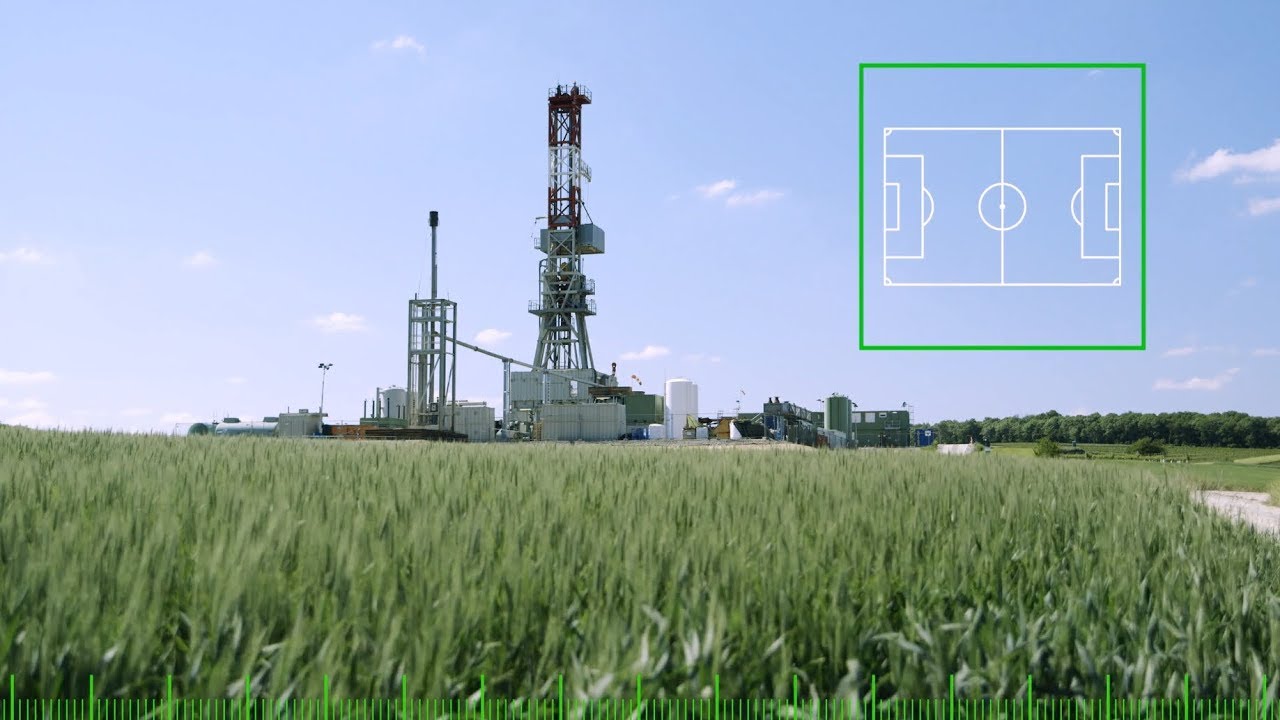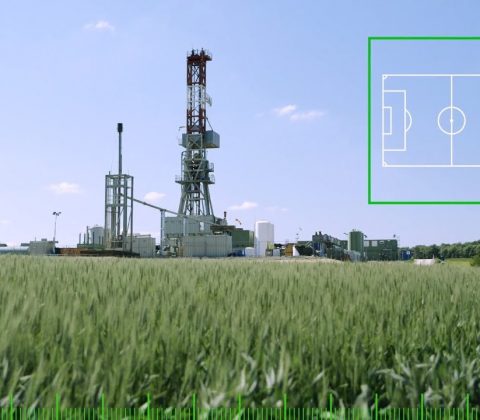

H2S Removal – How Does It Work?

Within natural gas, we sometimes find what’s called H2S. Unfortunately, this is a highly corrosive gas; hydrogen sulfide. If we use the natural gas as fuel without first removing the harmful elements, the gas engines and transmission lines will quickly corrode. Therefore, before fuel is sent to the gas pipeline, H2S should always be removed.
Often, professionals will refer to this gas as ‘acid’ gas or ‘sour’ gas. If you hear this term, it essentially means natural gas that contains large quantities of carbon dioxide, hydrogen sulfide, or even another acidic gas.
Removing Gas with the Sweetening System
Sometimes shortened to GSS (or called amine gas treating), the gas sweetening system allows us to achieve the goal of removing CO2 and H2S from natural gas. While H2S is extremely toxic itself, carbon dioxide creates carbonic acid when combined with water; this is why removing them is so important. The reason it’s called the sweetening system is because sulfur has a strong, sweet scent.
Typically, this step will occur after the condensates, oil, and water have all been removed. For all parties to remain safe and for the process to work properly, the Occupational Safety and Health Administration (OSHA) and National Safety Council (NSC) have both introduced preventative measures. What’s more, the National Agency of Corrosion Engineers (NACE International) has also created product specifications and regulations.
In the industry, you’ll find several different solutions and companies who offer their own techniques for removing CO2 and H2S. Normally, they will remove the H2S first before then moving on to CO2 and any other dangerous gas. If the process is completed and harmful gasses remain, they will be taken in the next cycle.
Chemical Injection System
 While the sweetening system has lots of regulations and required permits, the chemical injection system is much safer and another solution you’re likely to find in the industry. As an alternative to amine plants, this process also avoids emissions and doesn’t require a huge capital investment to get started.
While the sweetening system has lots of regulations and required permits, the chemical injection system is much safer and another solution you’re likely to find in the industry. As an alternative to amine plants, this process also avoids emissions and doesn’t require a huge capital investment to get started.
With a H2S scavenger injected into the system, the gas is ‘cleaned’ and freed from all harmful gasses. As well as H2S, the chemical injection system helps to resolve the following problems;
- Hydrates
- High salt content
- Paraffin
- Scale
- Corrosion
- Foaming
Dangers of Hydrogen Sulfide
Now we’ve seen a couple of methods that can be employed to remove H2S from natural gas, why is this important in the first place? Let’s look at this gas in more detail.
First and foremost, we should say that we’re all familiar with this gas. As organic materials decay, we get a rotten-egg-like smell and this is H2S. When the body digests food, hydrogen sulfide is created. Of course, the amount we product in our bodies is tiny compared to what can be found as a byproduct of manufacturing and industrial processes. The reason we’re able to cope with our own H2S is that we’re designed to deal with small levels of exposure.
When we’re exposed to larger quantities, we put our health at risk. If it comes into contact with the skin, is inhaled, or consumed, there’s a risk of health concerns and even death. For those who work in natural gas drilling operations, mining facilities, paper mills, and other sites like this, they’re exposed to more hydrogen sulfide than the rest of the population. Therefore, these industries have introduced certain safety procedures and high-quality equipment.
In addition to this, we’ve seen more H2S removal processes enter the market. As well as those we’ve seen, removal is also possible with an absorption tower with water!
Comments are Disabled